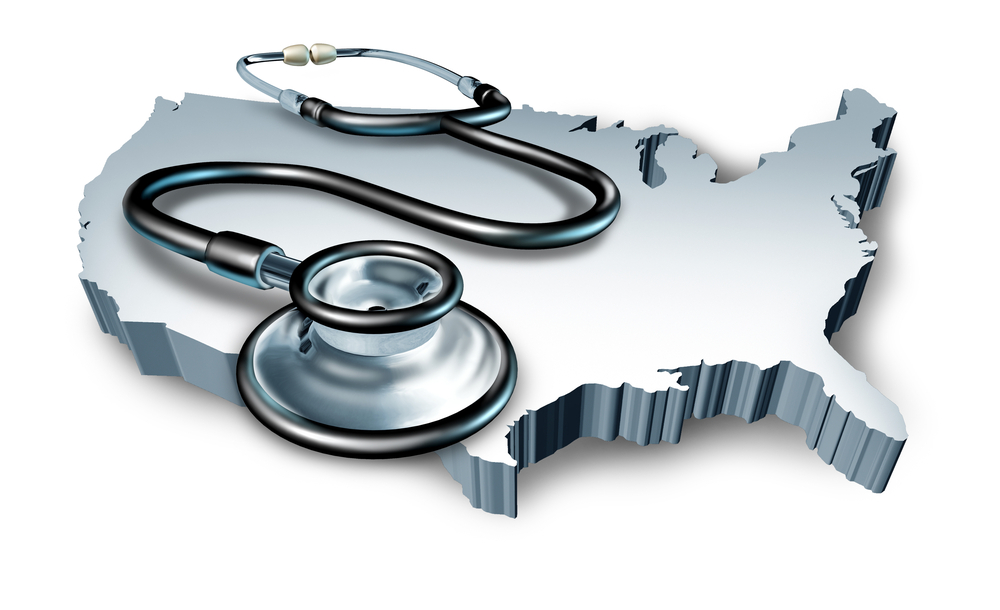Pulmonary Arterial Hypertension in the US: How Much Does it Cost?

 Pulmonary arterial hypertension (PAH) is a rare condition characterized by high blood pressure of the lung arteries. It costs a great deal in human life lost and life impairment, but how much money is it costing to treat?
Pulmonary arterial hypertension (PAH) is a rare condition characterized by high blood pressure of the lung arteries. It costs a great deal in human life lost and life impairment, but how much money is it costing to treat?
A recent study published in BMC Health Services Research attempted to answer this question, by estimating resource utilization and health care costs caused by PAH in a large US managed care health plan.
PAH is one of five types of pulmonary hypertension (PH). The disease can be associated with other conditions, such as lung disease and heart disease. Genetics in part determine whether someone develops PAH. Although PAH incidence increases with age, people of any age may develop PAH. PAH can cause heart failure and possible death.
[adrotate group=”4″]
Understanding the impact of PAH on economic factors may underscore the urgent need for improved prevention and treatment. The disease has no cure, although it can be managed with medication.
The study, led by Mirko Sikirica of Bayer Pharma, included people diagnosed with PAH from the beginning of January 2004 to the end of June, 2010. To be included in the study, the participants needed a minimum 2 claims with a primary PAH diagnosis; or 2 claims a diagnosis related to PH (though not necessarily the primary diagnosis). This other diagnosis could include connective tissue diseases, congenital heart diseases, portal hypertension. They could also have had 1 claim with an indication that they were taking a PAH-indicated medication.
The researchers assessed healthcare costs and resource utilization (ambulatory visits and inpatient stays) at the beginning of the study and then at a 12-month follow up time-point.
[adrotate group=”3″]
The scientists studied a total of 504 people with PAH. Interestingly, the estimated average total healthcare costs were actually about 16% lower in the follow-up period when compared to the beginning of the study. Follow-up costs were on the average $98,243 annually compared to baseline costs of $116,681. One possible source of this decrease could be the start of medication, which decreased other costs of PAH, probably due to decreases in disease symptoms.
Health-care resource utilization estimates were similarly lower in the follow-up period compared to the average at baseline.
The study authors concluded, “The results from this study indicate that medical costs decreased by nearly half from the baseline to the follow-up period (following evidence of use of PAH medication). However, annual total follow-up costs among PAH patients reported here were still substantively high on a per subject basis.”
Overall, the study shows that PAH confers high costs of healthcare. Improvements in treating PH are therefore greatly needed to improve human lives and decrease medical costs.







